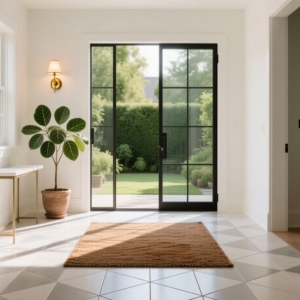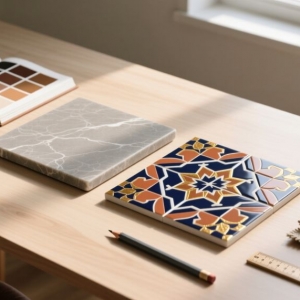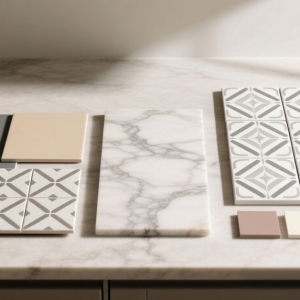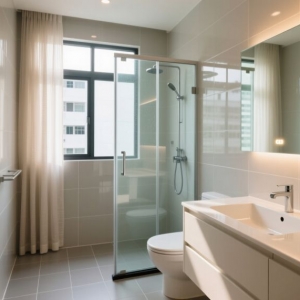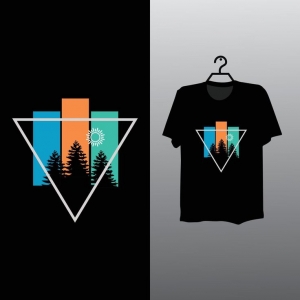Tiles might look like flat, colorful pieces of clay or stone, but every box contains a technical story written in ratings. These codes determine whether a tile will stay pristine in a busy hallway, resist ice on a winter porch, or keep its shine after years of mop water. This extensive walkthrough covers every rating you’ll see at a ceramic tile shop, explains the science behind the numbers, and shows exactly how to match them to real rooms—from humid spas to sun-baked terraces.
Ratings: The Hidden Language of Durability
Ratings are the distilled results of laboratory torture tests: spinning drums of sand, freezing water inside pores, dropping steel balls from precise heights. Ignore them and you risk cracks, slips, or faded beauty that forces early replacement. Study them and you buy certainty. Think of ratings as the tile’s passport—proof it can handle the journey ahead.
Water Absorption: How Thirsty Is Your Tile?
Water absorption is measured by weighing a dry tile, submerging it for 24 hours, then weighing it again. The percentage gain reveals porosity. Porcelain absorbs less than 0.5%, making it nearly impermeable and ideal for showers, pool surrounds, or snowy stoops. Ceramic tiles take in 3–7%, restricting them to dry zones like bedroom walls. For any area that sees puddles or steam, insist on the lowest possible number—grab the spec sheet at the ceramic tile shop and circle the exact value.
PEI Rating: Your Floor’s Wear Forecast
The Porcelain Enamel Institute (PEI) rating simulates years of foot traffic in a single lab test. A rotating abrasive wheel scours the glaze; the tile earns a grade based on visible damage. It’s the most practical number you’ll study in a ceramic tile shop because it maps directly to daily life.
The scale in detail:
- PEI 0 – Walls and ceilings only. Use for artistic murals, kitchen backsplashes, or shower niches.
- PEI 1 – Barely-there traffic. Upper bathroom walls, laundry-room wainscoting, or closet shelving.
- PEI 2 – Soft residential floors. Guest bedrooms, walk-in pantries, or home libraries.
- PEI 3 – Everyday family zones. Kitchens, dining areas, and main hallways.
- PEI 4 – Heavy homes or light commercial. Mudrooms with boots, home gyms, or small cafés.
- PEI 5 – Public-space warriors. Airports, supermarkets, or university corridors.
Pick one level higher than you think you need. A PEI 3 tile in a PEI 4 home shows wear in 3–5 years instead of 15.
Mohs Hardness: Scratch Armor for Daily Life
The Mohs scale ranks surface toughness from 1 (talc) to 10 (diamond). Porcelain typically scores 7–8, shrugging off quartz sand, pet claws, or dropped cast-iron pans. Glazed ceramic lands at 5–6, fine for vertical surfaces but vulnerable under gravel-tracked shoes. In the ceramic tile shop, run a house key across a sample—if it leaves a metal mark, walk away from floor use.
Slip Resistance: Building Grip into Every Step
Two systems measure traction: the American coefficient of friction (COF) and the European R-rating. Wet COF ≥ 0.6 or R10–R11 is non-negotiable for shower floors, outdoor steps, or commercial kitchens. Micro-texture, matte glazes, or raised patterns boost numbers; high-polish demands dry-only zones. Test in-store by spilling water and sliding a rubber-soled shoe—real grip doesn’t lie.
Frost Resistance: Winter-Proof Engineering
Frost-proof tiles survive repeated cycles of water infiltration followed by freezing. Only bodies with ≤ 0.5% absorption pass the test; the rating confirms structural survival after 100+ cycles. Heated garage floors, Minnesota patios, or Canadian balconies require this mark. Always double-check exterior labels at the ceramic tile shop—non-frost tiles spall within one season.
Breaking Strength: The Load-Bearing Truth
Breaking strength is the force (in newtons or pounds) needed to snap a tile. A 12x12-inch piece needs ≥ 250 lbf; 24x48-inch slabs often exceed 1,200 lbf but demand deflection-limited subfloors (L/720 for natural stone). Piano rooms, vehicle garages, or rooftop decks with hot tubs must respect these limits—consult the data sheet and your structural engineer.
Shade Variation: Designing with Controlled Chaos
The V0–V4 system predicts color and pattern differences within a single production run. In-store charts at a ceramic tile shop Singapore explain:
- V0 – Machine-perfect consistency. Ideal for pure white subways or matte black mosaics.
- V1 – Subtle shade shifts. Creates calm, expansive fields.
- V2 – Natural undulation. Marble or light wood looks gain depth.
- V3 – Strong personality per tile. Reclaimed stone or vintage cement effects.
- V4 – Wild individuality. Handmade terrazzo or bold encaustic patterns.
Open three boxes and lay out a 4x4-foot panel on the showroom floor. View from three angles and under phone flashlight to preview the final rhythm.
Chemical Resistance: Surviving Spills and Scrubs
ANSI classes AA–E rate resistance to household chemicals. AA glazed porcelain laughs off bleach, oven cleaner, or hair dye. Class C marble etches under lemon juice. Test a sample with vinegar for 15 minutes—if the surface clouds, upgrade or plan quarterly sealing.
Thermal Compatibility with Underfloor Heating
Radiant systems demand low thermal expansion and high conductivity. Porcelain warms in 10–12 minutes and stays flat. Large formats (≥ 20 inches) need movement joints every 10 feet and 1/4-inch perimeter gaps. Never exceed 29°C (84°F) surface temperature—follow the heating manufacturer’s tile schedule.
Global Standards: Decoding the Differences
The U.S. uses DCOF ≥ 0.42 for wet interiors; Europe trusts PTV pendulum ≥ 36 wet for R10. A tile labeled “non-slip” in one market may fail code elsewhere. Commercial projects require third-party lab reports—store copies in your project file.
Installation: Where Ratings Become Reality
A PEI 5 tile on a bouncy subfloor fails faster than PEI 3 on concrete. Use polymer-modified thin-set, 1/4 x 3/8-inch notched trowels for 95% coverage, and anti-fracture membranes over wood. Epoxy grout seals commercial wet zones; unsanded cementitious suits walls. Movement joints every 20 feet prevent buckling. Hire NTCA-certified installers—skill amplifies ratings.
Shopping Like a Pro at the Ceramic Tile Shop
Arrive with a one-page brief: room size, substrate, daily traffic, moisture sources, and lighting type. Ask for ANSI A137.1 spec sheets and compare PEI, absorption, DCOF, and breaking strength side-by-side. Wet samples to reveal true color and slip. Photograph shade variation under store LEDs and your phone’s warm-white flash. Reserve stock only after seeing open boxes.
Final Word: Ratings Are Your Renovation Compass
Tile ratings turn technical data into lifetime performance. They predict behavior under water, weight, claws, and cleaners. Study the labels, interrogate staff at the ceramic tile shop, and select with evidence. The result: floors and walls that stay safe, beautiful, and intact long after the last grout line cures.


